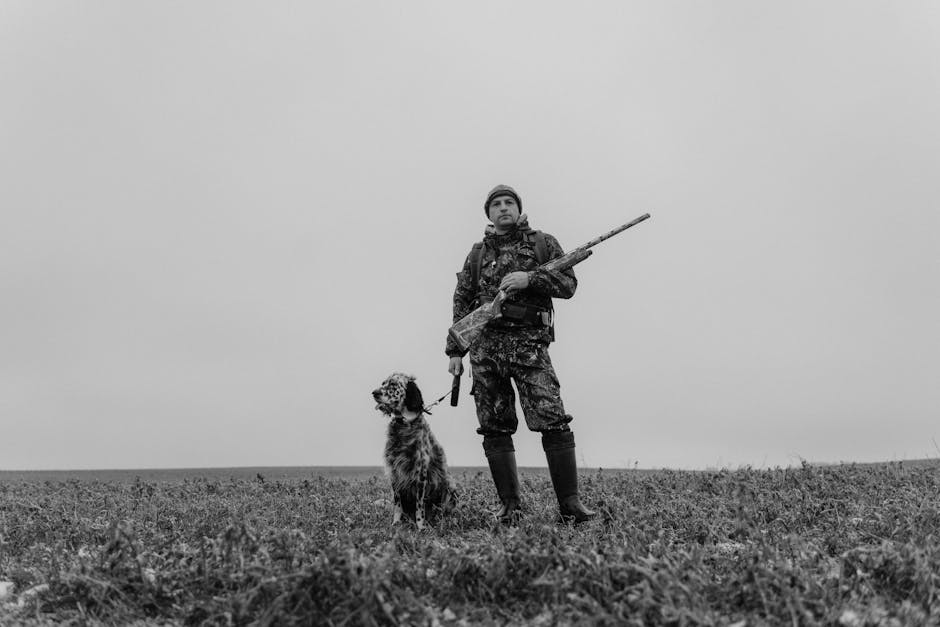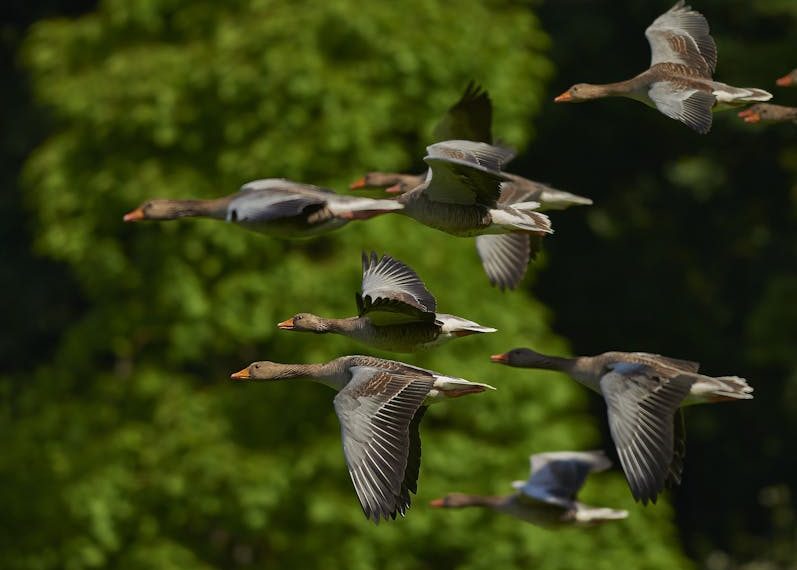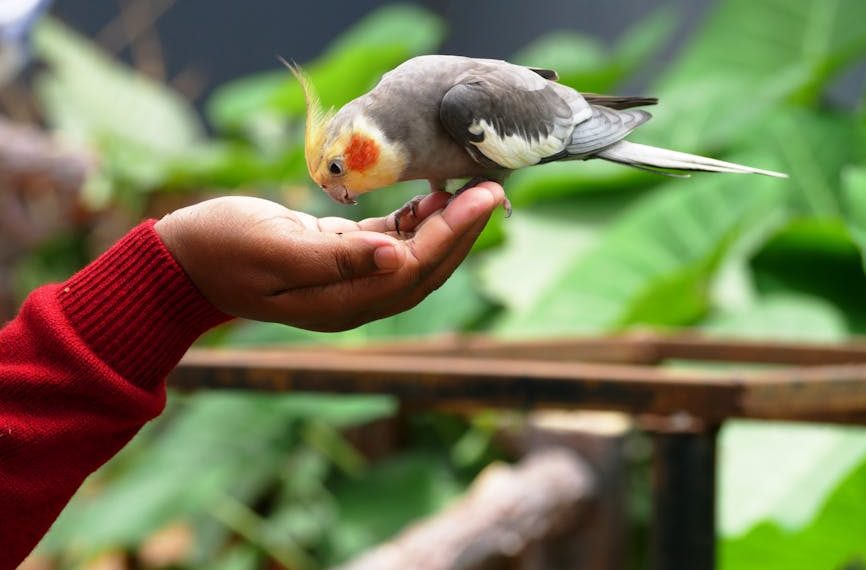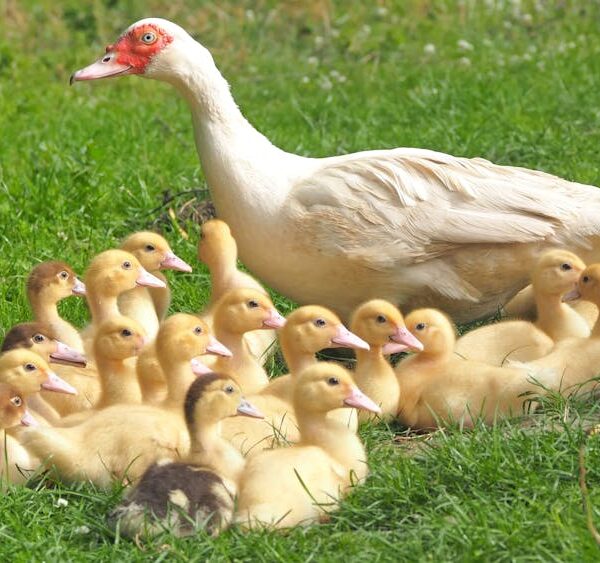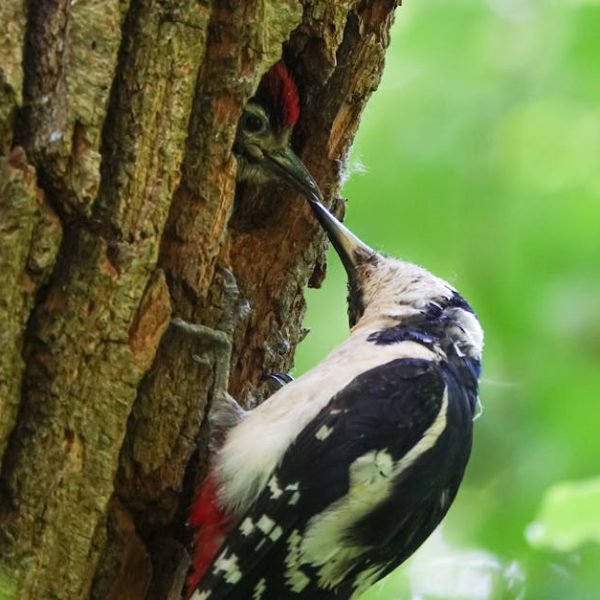Bird retrieving is a specialized aspect of dog training typically employed in hunting situations. The essential function it serves in this context cannot be underestimated, making it a necessary skill for certain breeds. Dogs like Retrievers and Spaniels are naturally inclined towards this form of task, due to their inborn hunting instincts and sturdy physique. Training your dog to retrieve birds primarily involves the incorporation of specific commands, physical conditioning, and positive reinforcement strategies.
Before embarking on this journey, it’s important to gather a few key items needed for bird retrieving training. Things such as a retrieving dummy, typically designed to simulate the size and weight of a game bird, and a whistle, which proves invaluable in issuing brief, clear commands. A significant pro tip to remember is the undeniable advantage of starting this training just as your dogs are reaching adolescence. Their learning capacity during this phase is at its peak, which makes them more receptive to learning complex tasks like bird retrieval.
Steps Involved in Training Your Dog to Retrieve Birds
The training process needs to be broken down into comprehensible steps to ensure a smooth advancement for both you, and your dog. It usually begins with the introduction of the retrieving dummy, which must first be made familiar before it can be utilized as a tool. Further steps involve issuing distinct commands, encouraging the dog to fetch the dummy, and maintaining consistent positive feedback after every successful retrieval.
Key stages for this training include:
- Introduction of the dummy
- Establishing Fetch command
- Teaching the Hold command
- Replicating the actual retrieval process
- Ensuring consistency with positive reinforcements
It’s essential to remember that frequent short sessions are much more effective than sporadic lengthy ones. Patience and consistency are key during the training process. It’s not an overnight miracle, rather a gradual progression towards the goal.
Training Your Dog to Follow Commands During Retrieval
Effectively teaching your dog commands such as fetch, hold, give and drop can prove to be definitive in the retrieval training process. While the traditional command-based training is more common, it’s worth considering clicker training. This method uses a sound-based signal (click) to indicate a positive action, followed by a reward. The dog is then conditioned to associate that sound with successful behavior.
Each training method has its merits. Traditional training has been time and again proven effective, but clicker training is lauded for its distinct auditory cue and a clear indicator of positive behaviour. In terms of cons, traditional training can sometimes confuse dogs with similar sounding commands while clicker training requires an extra step of introducing the clicker. A key pro-tip in training is to use distinctive, one-word commands where possible. Dogs respond better to consistent, short verbal cues. Body language plays a significant role too, as dogs are experts in reading human body language.
Positive Reinforcement in Bird Retrieving Training
Positive reinforcement plays an indispensable role in dog training and specifically, in bird retrieval training. When your dog successfully completes an action, rewarding them not only marks this behaviour as positive but also motivates them to repeat it. Treats, praise, and favoured playtimes are just a few of the many ways to positively reinforce effective behaviour.
Some of the effective forms of positive reinforcement include:
- Treats
- Praise (Good job, Well done etc)
- Favourite playtime/ toys
The best practice in the usage of positive reinforcement is to correctly time the reward. The reinforcement should be immediate, delivered immediately after the dog has performed the desired action. It’s also good to vary the rewards so that your dog doesn’t lose interest or become bored with the same treat or praise.
Common Challenges and Solutions While Training Dogs to Retrieve Birds
Training your dog to retrieve birds is not always a straightforward process. There are common challenges that owners face. Some dogs, for example, might refuse to retrieve the dummy or possessively keep the retrieved item without delivering it hand. Others may use too much force on the retrieved dummy, referred to as ‘hard mouthing’.
Common problems with solutions include:
- Refusal to Retrieve – A possible solution could be to make the dummy more appealing or using a live bird for training.
- Hard mouthing – Old school trainers advocate for force methods, while modern trainers suggest softer approaches like using softer dummies or positive reinforcement techniques.
- Unwillingness to Deliver to Hand – Rewarding the dog immediately upon delivery or using two-dummy drills.
Here’s a pro tip: pay close attention to your dog’s behavior and jump on any issues ASAP before they become ingrained behaviors. Consult a professional trainer or behaviorist if troubles persist beyond your capacity to address. Remember, every dog has its learning pace and personality traits so be patient, persistent and consistent. Training your dog is a journey of companionship and trust-building, so ensure you and your dog are enjoying the process.
Key Takeaway:
- Bird retrieving is a specific skill often needed for hunting dogs, particularly breeds like Retrievers and Spaniels.
- Training involves physical conditioning, mastery of commands, and consistent positive reinforcement.
- The use of tools like a retrieving dummy and whistle can facilitate the training process.
- Command training, either traditional or clicker-based, is essential to streamline the retrieval process.
- Positive reinforcement, if timed correctly and varied to maintain interest, significantly enhances the effectiveness of training.
- Common problems during training include refusal to retrieve, hard mouthing, and unwillingness to deliver to hand, each with specific plausible solutions.
Keep your training sessions upbeat and fun for your dog. Remember, dog training is not solely about compliance. It’s also a bonding process between you and your pet. Maintain patience and consistency, and before you know it, you’ll have an expert bird retriever at your side.
FAQs
Q: What breeds are best suited for bird retrieval?
A: Certain breeds like Retrievers and Spaniels are particularly suited for bird retrieval due to their inherent hunting instincts and physical strength.
Q: What is clicker training and how does it differ from traditional command-based training?
A: Clicker training uses a sound-based signal, usually a click, to indicate a positive action, followed by a reward. Traditional command-based training relies on clear verbal commands. Both methods have their advantages and challenges.
Q: Any other resources I might need for bird retrieval training?
A: Key resources include a retrieving dummy, designed to simulate the size and weight of a game bird, and a whistle for issuing brief, clear commands.
Q: What should I do if my dog is having difficulty in retrieving?
A: Dogs may experience different problems during training, each with a specific solution. If issues persist, it might be time to seek professional help.
Q: Can older dogs be trained for bird retrieval?
A: While it’s beneficial to start the training early, older dogs can still be trained through patience, consistency, and gradual advancement.
Explore more tips and advice on dog training on our website. Don’t forget to share this article with fellow dog owners!
